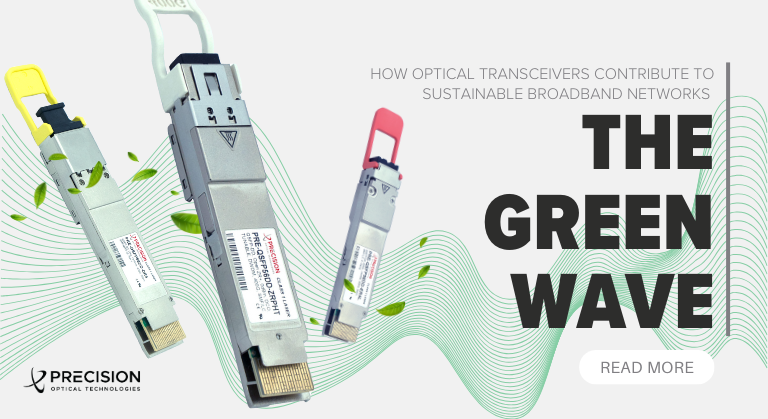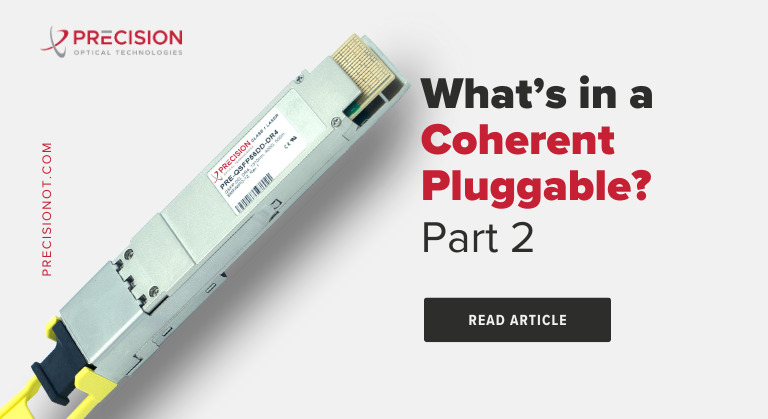
The Evolution of 100G LR4 Ethernet Standards

The technology for 100 Gigabit Ethernet (GbE), which transmits Ethernet frames at a rate of 100 Gb/s, was first defined by the IEEE 802.3ba-2010 standard and later by the 802.3bg-2011, 802.3bj-2014 and 802.3bm-2015 standards. The first 100 G specification for 10 km, 100GBASE-LR4, introduced in June 2010 did not meet the needs of all applications, spurring technical advancements for improved operability and cost-efficiencies.
The first generation of 100 G standards used the 10 x 10 G lane in electrical signaling. The next generation applied 4 x 10 G signaling for both electrical and media. In terms of transmission distances, different standards support different transmission distances. Package form factors have also changed significantly over time.
According to John D’Ambrosia, chairman of the Ethernet Alliance and senior principal engineer with Huawei, initial implementations used the CFP (C-form factor pluggable) form factor, which was recognized as being too bulky for high-density data center applications. Today, QSFP (Quad Small Form-factor Pluggable), a compact, hot-pluggable transceiver used for data communications applications, is the dominant form factor for 100GBASE-LR4.
Reductions of electrical interface width have also emerged. The original 10 x 10 Gb/s electrical interface has been reduced to four lanes of 25 G each to realize a 4 x 25 Gb/s electrical interface. D’Ambrosia notes that the IEEE 802.3 Ethernet Working Group is currently discussing an activity that could reduce this to a single lane of 100 Gb/s.
Another transformation is the introduction of shorter-reach single-mode fiber solutions, a shift that stems from cost and power reductions. The PSM-4 approach targets 1 km using four parallel single-mode optical fibers in each direction. The Coarse Wavelength Division Multiplexed 4 x 25 G Multi-Source Agreement (MSA) targets 2 km reaches using an optical multiplexer and de-multiplexer to reduce the number of fibers to two. The development of the two architectures has proceeded in parallel.
While the 100GBASE-LR4 optical specification does not rely on forward error correction (FEC), industry MSAs have evolved that are leveraging FEC for lower cost, greater reaches and improved interoperability.
Beyond 100GBASE-LR4, IEEE is formulating optical specifications for 200GBASE-LR8 and 400GBASE-LR8 that target 200 GbE and 400 GbE and are based on 4 x 50 Gb/s and 8 x 50 Gb/s respectively. These new speeds, plus 100 GbE, are creating significant interest in solutions that are based solely on 100 Gb/s, both electrically and optically. Optical 1 x 100 Gb/s and 4 x 100 Gb/s are already underway in IEEE 802.3, as well as in early stage discussions of developing 100 Gb/s per lane electrical signaling.
“With 100 Gb/s electrical and optical technology, we see the opportunity for the industry to migrate to the ‘Holy Grail’ of optics that the Ethernet Alliance has been discussing for years—the evolution of the total 100 Gb/s solution fitting into an SFP form factor,” says D’Ambrosia.
For more information on this topic or any other industry related topics, please contact us.






